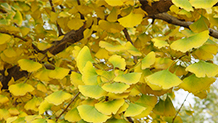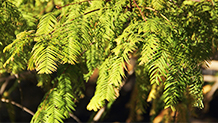| 作 者:Lin XH, Xie SY, Liu GN, Ma DK, Zou FR,Peng WD, Xu C, Liu B, Zhao L, Liu BB |
| 影响因子:1.3 |
| 刊物名称:PhytoKeys |
| 出版年份:2025 |
| 卷:252 期:0 页码:87-108 |
论文摘要:
The recent recognition of the five-subgenera classification within Crataegus has prompted discussion about the maternal phylogenetic relationships among these subgenera, with inconsistencies in taxon sampling, marker selection,inference methods contributing to differing interpretations. In this study, we performed deep genome skimming sequencingassembled 63 whole plastomes, including 58 from Crataegusfive from related genera as the outgroups. We employed multiple phylogenetic inference methods (Maximum LikelihoodBayesian Inference) to reconstruct an accurate phylogeny. The whole plastome-based, maternally inherited trees consistently supported two major clades within Crataegus: one comprising C.subg.CrataegusC.subg.Brevispinae, the other encompassing the remaining three subgenera. Within the latter clade, C.subg.SanguineaeC.subg.Americanae formed a sister group, which together were sister to C.subg.Mespilus. Our analysis also revealed a close maternal relationship between C.shandongensisC.pinnatifidavar.major, suggesting the shared maternal ancestry. Furthermore, we updated the description ofC.shandongensis based on extensive specimen examinationdesignated the lectotype for this species. This comprehensive taxonomic synopsis, supported by both phylogenomicmorphological analyses, provides a robust foundation for future taxonomicevolutionary studies of the Shandong hawthorn.
DOI:10.3897/phytokeys.252.136506










